(June 5, 2015) The Maryland Coastal Bays Program participated in the fourth annual terrapin head count survey May 26-30, which encompassed all five bays including tidal creeks and marsh guts. More than 800 turtles were spotted by 39 volunteers.
Last Friday, a turtle count on Sinepuxent Bay near Assateague Island uncovered about 45 turtle sightings from around 8-10:15 a.m., although other volunteers may go out and not see any at all, said Maryland Coastal Bays Programs Manager Jennifer Rafter.
All surveys taken during the count, regardless of turtles spotted, are valuable to the Maryland Coastal Bays and the Maryland Terrapin Working Group, who partnered together to count turtles in the Chesapeake Bay and Coastal Bays for the fourth year.
Population numbers of diamondback terrapin in Maryland are largely unknown and to better understand their status in the area these surveys are taken annually.
“In order to study if a species is doing well you need a starting point and it takes time to gather information to see if they are declining, remaining the same or increasing,” Rafter said.
Counting terrapin heads in the water as they gather to breed or come out of hibernation is considered an effective way of monitoring population numbers. The state reptiles are never captured or disturbed.
Wayne Faircloth provided his motorized boat for the adventure on May 29, with more than half a dozen surveyors using canoes, kayaks and stand-up paddleboards this past week to count turtles.
He has been participating since the second year of surveys and has a seminal site, which allows researchers to compare the same areas for a consecutive amount of time and is valuable research for the group.
“It’s largely a citizen effort and it wouldn’t be effective without volunteers,” Rafter said. “We had 30-40 volunteers this year [Maryland Coastal Bays] and could always use more, we need more people to cover larger areas.”
Each year, new participants survey different areas and repeat volunteers continue to count turtles in the same places.
In addition, land based surveys were conducted to collect additional data for the first time.
Rafter said hundreds of turtles are counted each year and the Maryland Coastal Bays conducted its surveys a little later than surrounding areas since the Coastal Bays have colder water temperatures and terrapins emerged later after the harsh winter.
The decline of their habitats is the main reason the Maryland House and Senate decided to ban commercial harvesting of the Diamondback Terrapin in April 2007.
The turtles take a long time to reproduce, which makes it harder to increase population numbers quickly.
Females need soft, sandy beaches to nest in. Many shorelines in the area are too hard for these creatures with their bulkheads and rift raft, Rafter said.
Diamondback Terrapin eat mollusks, clams, worms, some fish and love snails, she added.
Snails destroy the Chesapeake’s marsh grasses, which makes terrapins essential to the Chesapeake ecosystem and invertebrates would increase without the state reptile.
Forgotten crab and ghost pots trap and drown dozens of turtles every day.
“Reptiles have to breathe air and pots need to have a turtle excluder device, which is a piece of metal to block the entrances for terrapin shells,” Rafter said.
Faircloth recalled finding an abandoned crab pot with six turtles who were stuck and drown inside.
“They are our state reptiles and we should not let anything happen to them,” Rafter said.
Report terrapin sightings all summer long at www.mdcoastalbays.org/terrapin-project. It is important to supply GPS coordinates or a specific street address when reporting turtles.


